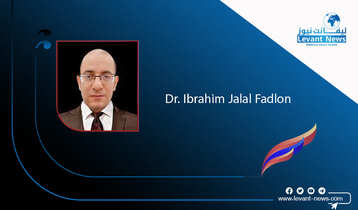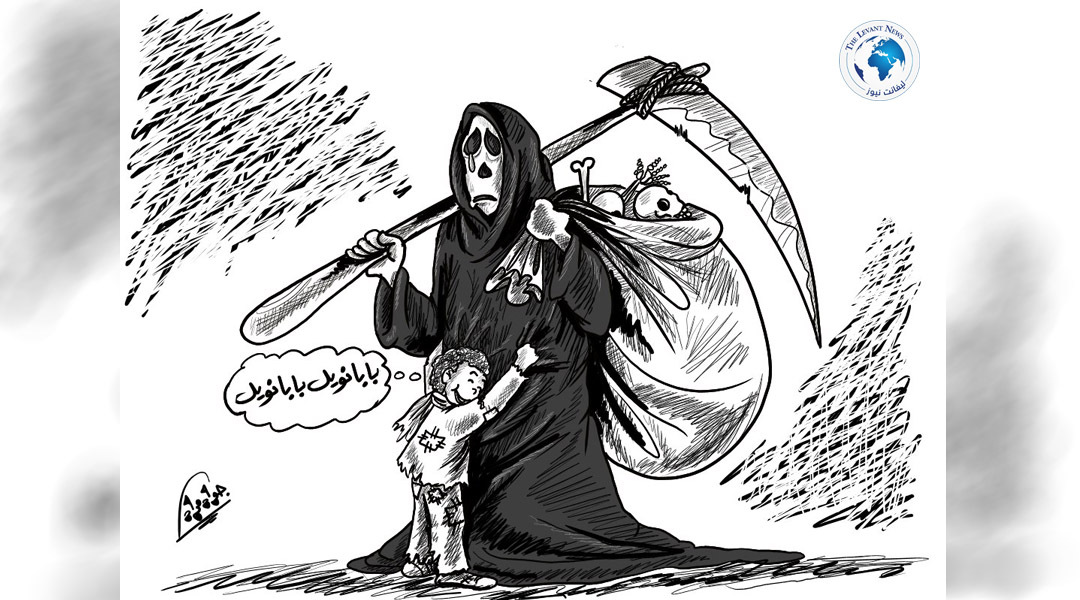-
The Kurds and Syriacs: An Identity That Takes Root and Does Not Melt
-
Part One

In the cities of Upper Mesopotamia, from Orfa and Nisibis to Abad and Mardin, Hasakah, and Sinjar, the roots of ancient peoples and sacred languages intertwine to tell a story of belonging and identity that transcends contemporary ethnic divisions. Among the Kurds who embraced Christianity in early ages, and the Syriacs whose name is linked to the church and the Aramaic rite, a deep linguistic and cultural relationship arose. This relationship made Aramaic not only a national language but also a liturgical language—a spiritual tongue shared across communities.
However, this linguistic affiliation was not a definitive proof of a common origin; rather, it was a civilizational influence resulting from the prominent role played by the Syriac Church in Kurdish areas. Many Kurds, after engaging with Christian faith, adopted Aramaic for prayer and education, much like Arabic later invaded the hearts of Muslim Kurds through the sanctity of the Quran, without affecting their core Kurdish identity.
Therefore, the disagreement is not rooted in history but in the political interpretation of identities. While some Arameans see themselves as an independent people, others seek to merge the Syriacs with the Kurds based on geography and a shared national affiliation—particularly in regions where Arab conquests came late, with Arab presence following invasions or during the Umayyad and Abbasid caliphates as a transient, extrinsic settlement, not an original one.
This civilizational overlap contributed to the formation of a dual cultural identity shared by both Kurds and Syriacs, without either erasing the other. The Aramaic language is not evidence of a unified ethnic belonging but a mirror reflecting a common history and a religious-cultural state that crossed national borders. Whether the Kurds and Syriacs retained their original language or adopted Aramaic, both remained part of the Kurdish national fabric—just as Muslim Kurds remained part of this fabric despite some Arabization.
Attempts to isolated Christian Kurds—the Syriacs—from the geography of Kurdistan and their Kurdish belonging, or to present them as extensions of Arab tribes like those from Hail, Tihama, or Tiyum, as some modern narratives do, are merely insidious efforts to undermine diversity within Kurdish society. They aim to reproduce the concept of "minorities" to serve cultural and religious dominance projects of central authority.
In the heart of Kurdistan’s region, where ancient geography meets existential questions of ethnic and religious minorities, the Syriac language is fighting for survival—in a struggle that is linguistic, existential, cultural, and political. This language, which once carried Plato’s and Aristotle’s translations eastward, documented the earliest Christian Gospels, and taught the Middle East rhetoric and eloquence, now faces soft ethnic melting through "social solidarity" and alleged "blood alliances" that aim to dissolve an entire people's identity within a geography that was never Arab.
This is not the first time Syriac has been targeted as merely a "religious dialect" or a "cultural heritage" that can be dissolved into a larger identity. Totalitarian nationalist regimes, from Baathism to some tribal elites, have long tried to turn this language into a church rite devoid of its nationalist connotations. But what is more dangerous today is not direct repression but the subtle collusion that promotes the idea that Christians of the Kurdish region are descendants of Arab tribes from Hail, Tihama, and Tiyom, who migrated long ago from Byzantine territories during early Islamic eras under the Umayyad and Abbasid caliphates, or later waves that arrived after losing tribal conflicts over Al-Hail against Al-Zağmah led by Al Saud between 1880 and 1910, settling among the Syriac bishops and eventually being incorporated deliberately into the Syrian-Arabic identity narrative, without genuine civilizational roots.
This geographical overlap, while producing models of social or linguistic contact over centuries, cannot serve as a pretext to dissolve the Syriac identity or forcibly integrate it into other nationalities. Syriacs, whether Kurds or Arameans, are not distant cousins of fleeting Arab tribes, nor are they an offshoot of later religious migrations. They are an original people, rooted in land and language, existing before the emergence of Arab tribes in what is today northern Syria, with their presence extending from Nisibis to Dwar Al-Abedin, from Mardin to Urfa, and their name linked to the root of Syria itself. Some narratives derive the name from Syriac, encompassing the ancient geography of Syria, Lebanon, Palestine, and Jordan.
Efforts to dissolve them via stories of "shared blood" or "tribal kinship" are merely soft forms of historical denial—similar to how Kurds were once deprived of their national name and considered Arabs or Turks by assimilation—something that will not fool peoples who have long known how to protect their identities from both subtle distortion.
Dr. Mahmoud Abbas
You May Also Like
Popular Posts
Caricature
opinion
Report
ads
Newsletter
Subscribe to our mailing list to get the new updates!




















